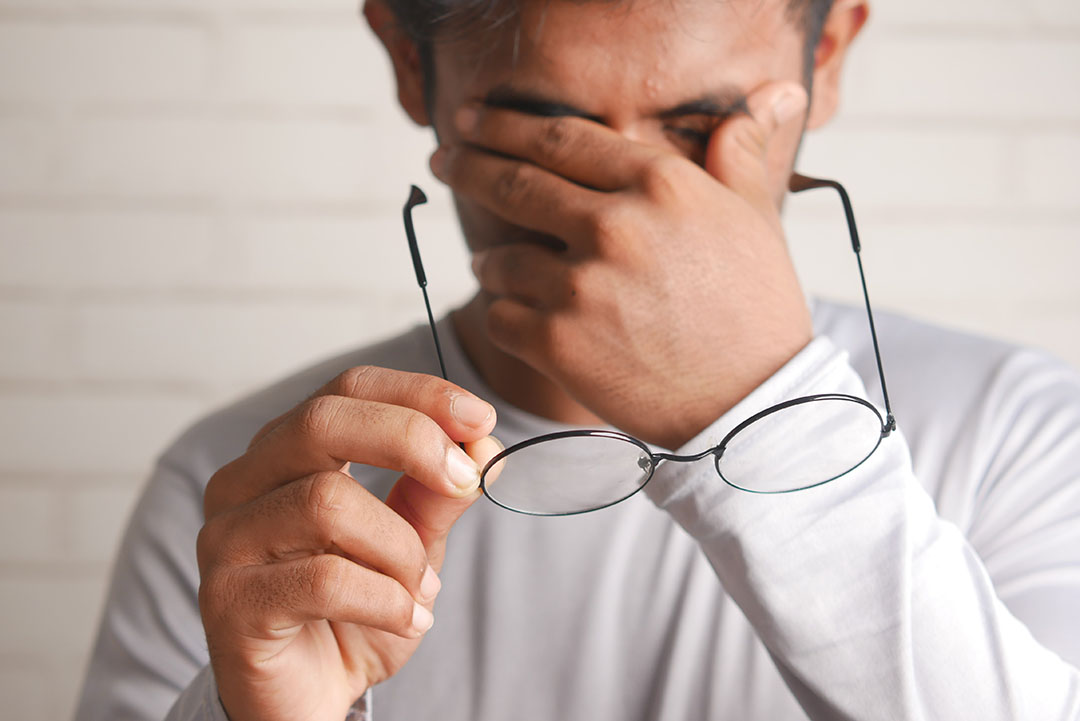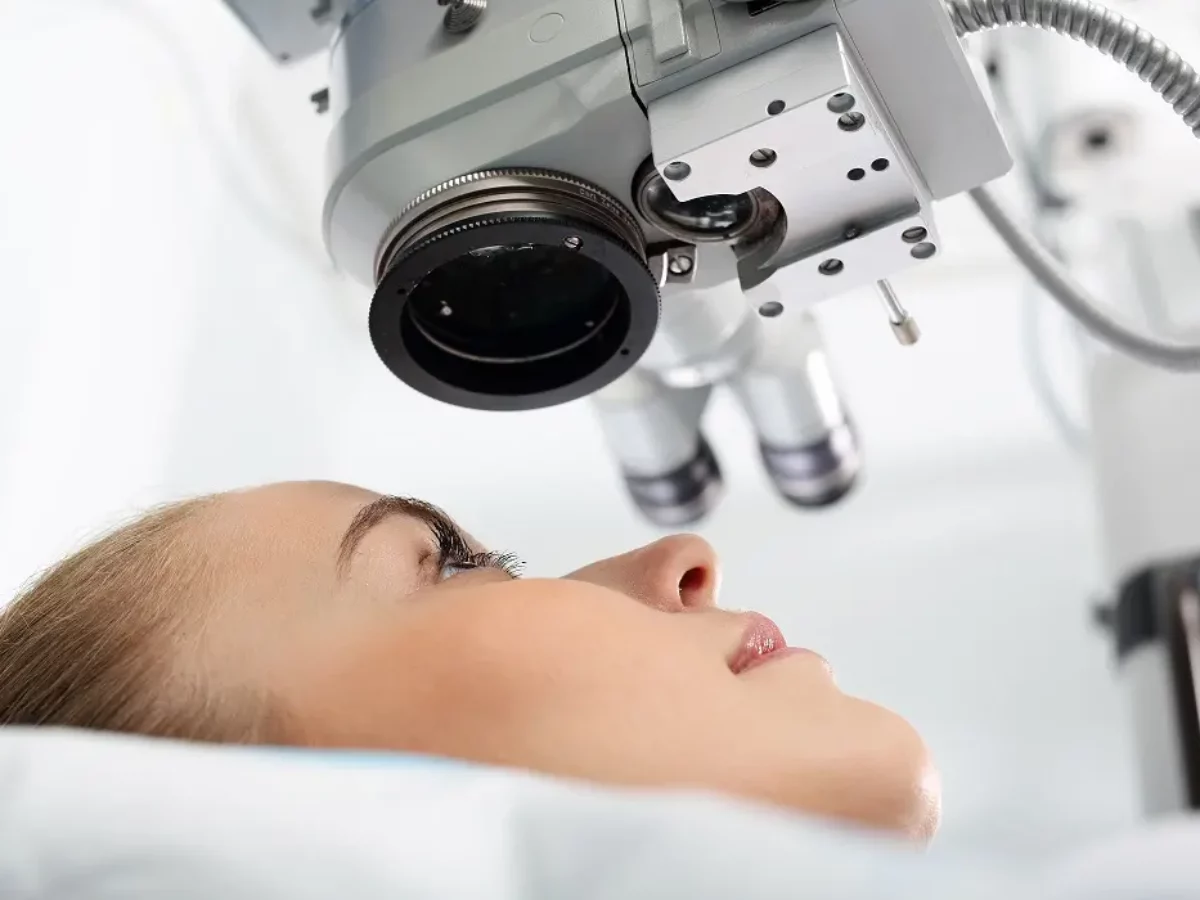All Categories
Featured
Reduced vision is a condition that substantially influences daily activities like reading, driving, or recognizing faces, even with corrective lenses. For people dealing with such challenges, reduced vision recovery supplies a path to reclaim freedom and boost lifestyle. Let's explore the readily available choices for low vision rehab and how they assist people navigate the world more with confidence.
Understanding Low Vision Rehab
Low vision rehabilitation is a customized service developed to make best use of the useful capacities of people with long-term vision disability. This multidisciplinary approach entails assessments, training, and tools customized to each person's special demands. The goal is to equip people by boosting their remaining vision and mentor approaches to adjust to their environment.
Secret Options in Low Vision Rehab
Comprehensive Eye Examinations
A low vision specialist does comprehensive assessments to recognize the level of vision loss and identify suitable interventions. These assessments focus on determining the person's aesthetic acuity, field of vision, and light level of sensitivity.
Assistive Instruments and Modern Technology
A wide variety of tools and technologies are offered to aid individuals with reduced vision:
Magnifiers: Handheld, stand-mounted, or digital magnifiers help expand text or photos.
Telescopic Lenses: Useful for range viewing, such as enjoying television or analysis street indicators.
Screen Visitors: Software application that reviews aloud the text on a screen, helping those who struggle with reading.
CCTV Systems: Closed-circuit televisions amplify published product or items for less complicated viewing.
![]()
Smartphone Applications: Apps like Be My Eyes or Seeing AI offer real-time support and summaries of environments.
Educating Programs
Vision recovery includes training to enhance the use of continuing to be vision and adapt to new devices:
Positioning and Mobility Training: Helps people navigate unfamiliar rooms and make use of canes or guide pet dogs effectively.
Daily Living Abilities: Shows techniques for cooking, grooming, and other everyday tasks with restricted vision.
Aesthetic Skills Educating: Entails exercises to reinforce peripheral vision or boost emphasis.
Ecological Adjustments
Adapting the home or workplace can significantly boost freedom:
Setting up brighter lights and contrasting colors.
Adding tactile markers to devices.
Arranging furnishings to create clear paths and lower challenges.
Counseling and Emotional Assistance
Vision loss can be mentally difficult. Support system and therapy solutions help individuals deal with the mental effect and build resilience.
Who Supplies Low Vision Rehab?
Low vision rehab services are supplied by:
Low Vision Specialists: Optometrists or ophthalmologists with added training.
Physical Therapists: Specialists that concentrate on enhancing daily performance.
Rehabilitation Therapist: Experts that aid with emotional and psychological assistance.
![]()
Conclusion
Reduced vision recovery is a lifeline for those living with substantial vision loss. If you or an enjoyed one is experiencing vision obstacles, take into consideration getting to out to a low vision specialist to discover these transformative recovery solutions.
Understanding Low Vision Rehab
Low vision rehabilitation is a customized service developed to make best use of the useful capacities of people with long-term vision disability. This multidisciplinary approach entails assessments, training, and tools customized to each person's special demands. The goal is to equip people by boosting their remaining vision and mentor approaches to adjust to their environment.
Secret Options in Low Vision Rehab
Comprehensive Eye Examinations
A low vision specialist does comprehensive assessments to recognize the level of vision loss and identify suitable interventions. These assessments focus on determining the person's aesthetic acuity, field of vision, and light level of sensitivity.
Assistive Instruments and Modern Technology
A wide variety of tools and technologies are offered to aid individuals with reduced vision:
Magnifiers: Handheld, stand-mounted, or digital magnifiers help expand text or photos.
Telescopic Lenses: Useful for range viewing, such as enjoying television or analysis street indicators.
Screen Visitors: Software application that reviews aloud the text on a screen, helping those who struggle with reading.
CCTV Systems: Closed-circuit televisions amplify published product or items for less complicated viewing.

Smartphone Applications: Apps like Be My Eyes or Seeing AI offer real-time support and summaries of environments.
Educating Programs
Vision recovery includes training to enhance the use of continuing to be vision and adapt to new devices:
Positioning and Mobility Training: Helps people navigate unfamiliar rooms and make use of canes or guide pet dogs effectively.
Daily Living Abilities: Shows techniques for cooking, grooming, and other everyday tasks with restricted vision.
Aesthetic Skills Educating: Entails exercises to reinforce peripheral vision or boost emphasis.
Ecological Adjustments
Adapting the home or workplace can significantly boost freedom:
Setting up brighter lights and contrasting colors.
Adding tactile markers to devices.
Arranging furnishings to create clear paths and lower challenges.
Counseling and Emotional Assistance
Vision loss can be mentally difficult. Support system and therapy solutions help individuals deal with the mental effect and build resilience.
Who Supplies Low Vision Rehab?
Low vision rehab services are supplied by:
Low Vision Specialists: Optometrists or ophthalmologists with added training.
Physical Therapists: Specialists that concentrate on enhancing daily performance.
Rehabilitation Therapist: Experts that aid with emotional and psychological assistance.

Conclusion
Reduced vision recovery is a lifeline for those living with substantial vision loss. If you or an enjoyed one is experiencing vision obstacles, take into consideration getting to out to a low vision specialist to discover these transformative recovery solutions.
Latest Posts
Why Chicago Drivers Prefer Montclare Auto Repair for Dependable Service and Huge Savings
Published en
1 min read
Discover Brake Repair & More: Full Services Guide from Montclare Auto Repair
Published en
1 min read
Don’t Miss Special Auto Repair Specials in Chicago at Montclare Auto Repair
Published en
1 min read
More
Latest Posts
Why Chicago Drivers Prefer Montclare Auto Repair for Dependable Service and Huge Savings
Published May 30, 25
1 min read
Discover Brake Repair & More: Full Services Guide from Montclare Auto Repair
Published May 29, 25
1 min read
Don’t Miss Special Auto Repair Specials in Chicago at Montclare Auto Repair
Published May 26, 25
1 min read